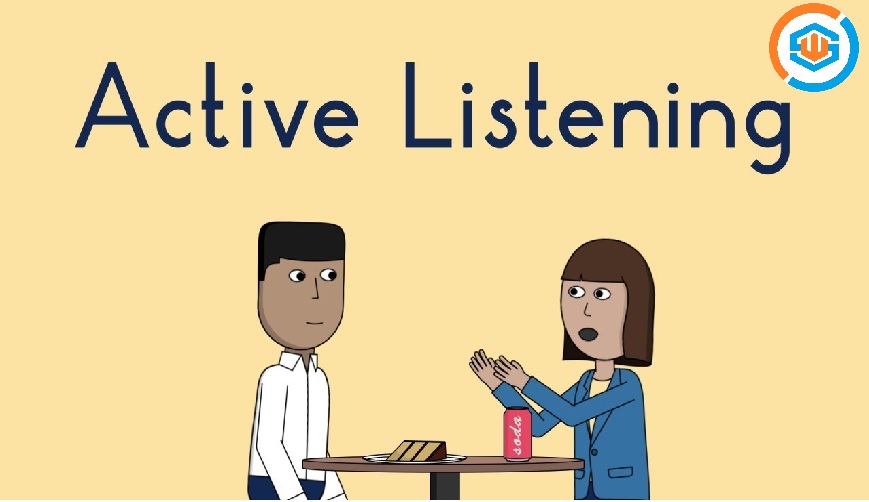
- 1 Jul
- 2021
What is active listening?
What are active listening and its benefits?
Active listening is the ability to focus completely on a speaker, understand their message, comprehend the information and respond thoughtfully. Unlike passive listening, which is the act of hearing a speaker without retaining their message, this highly valued interpersonal communication skill ensures you’re able to engage and later recall specific details without needing information repeated.
Active listeners use verbal and non-verbal techniques to show and keep their attention on the speaker. This not only supports your ability to focus but also helps ensure the speaker can see that you are focused and engaged. Instead of thinking about and mentally rehearsing what you might say when the speaker is done, an active listener carefully considers the speaker’s words and commits the information to memory.
Why is active listening important in the workplace?
Whether you’re seeking a new job opportunity, striving to earn a promotion, or working to improve in your current role, improving your active listening skills will help you succeed. Much like critical thinking and conflict resolution, this soft skill will help increase your value as an employee.
Here are several benefits of being an active listener:
It helps you build connections
Active listening helps others feel comfortable sharing information with you. When you demonstrate your ability to sincerely listen to what others have to say, people will be more interested in communicating with you on a regular basis. This can help open up opportunities to collaborate with others, get work done quickly or start new projects. All of these things can help lead you to success in your career.
It helps you build trust
When people know they can speak freely to you without interruptions, judgment, or unwelcome interjections, they’ll be more likely to confide in you. This is especially helpful when meeting a new customer or business contact with whom you want to develop a long-term working relationship.
It helps you identify and solve problems
Actively listening to others will help you detect challenges and difficulties others are facing or problems within projects. The more quickly you’re able to spot these issues, the sooner you can find a solution or create a plan to address them.
Disclaimer:- As every caution has been taken to provide our readers with the most accurate information and honest analysis. Please check the pros and cons of the same before making any decision on the basis of the shared details.
Subscribe to our Newsletter from the main page & You will get all news in your Inbox.











